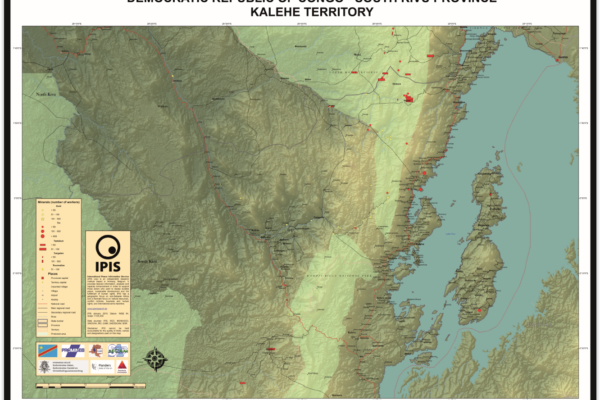
Kalehe Territory – A0 Map
March 5, 2015Kalehe Territory, South Kivu Province, DRC Kalehe Territory, South Kivu Province, DRC (Detail)
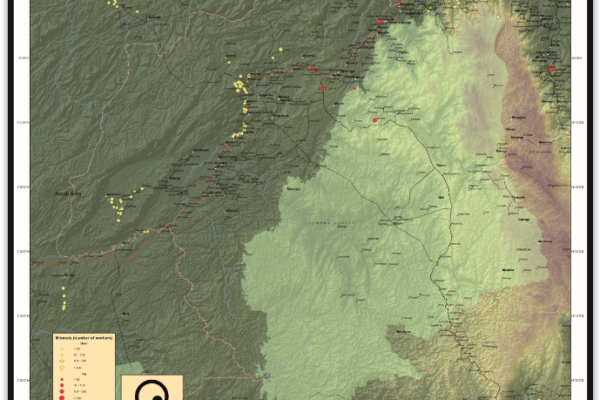
Mwenga Territory – A0 Map
March 5, 2015Mwenga Territory, South Kivu Province, DRC Mwenga Territory, South Kivu Province, DRC (Detail)
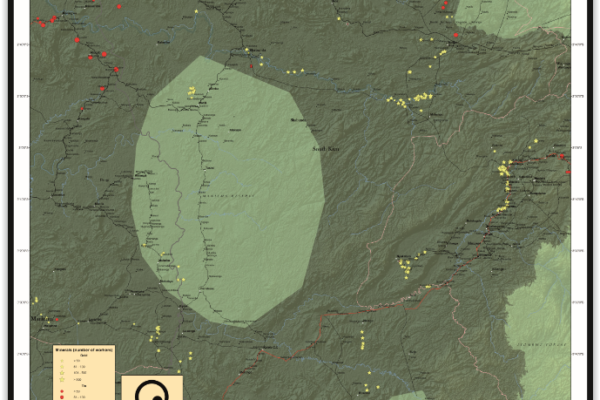
Shabunda Territory – A0 Map
March 5, 2015Shabunda Territory, South Kivu Province, DRC Shabunda Territory, South Kivu Province, DRC (Detail)
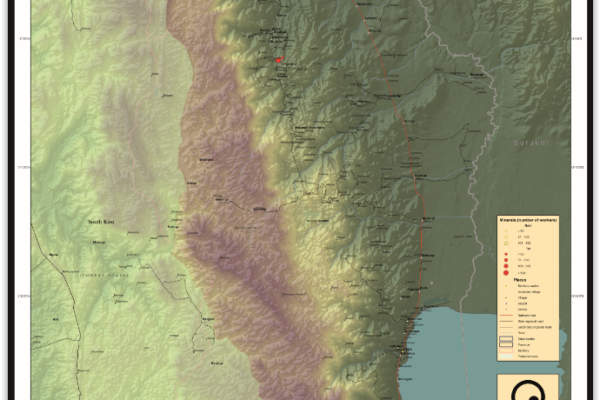
Uvira Territory – A0 Map
March 5, 2015Uvira Territory, South Kivu Province, DRC Uvira Territory, South Kivu Province, DRC (Detail)

IPIS Insights: Diamonds in the Central African Republic
December 22, 2014Since May 2013 the Central African Republic has been suspended from the Kimberly Process (KP) – a measure maintained by the mechanism’s annual plenary in Guangzhou, China, this November. The CAR’s transitional authorities have been seeking at least a partial lifting of this export ban so that the country might benefit from the much needed revenues its diamonds can generate.1 However, the authoriti
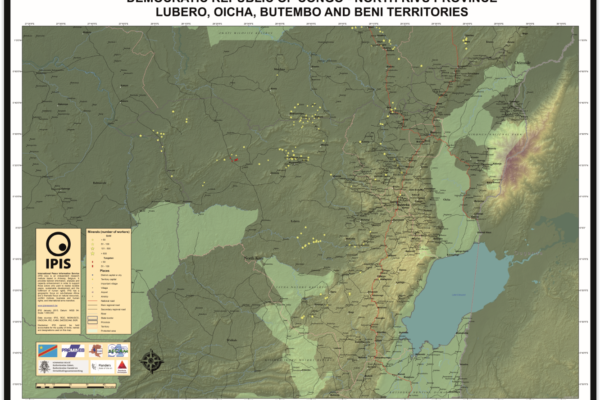
Lubero, Oicha, Butembo and Beni Territories – A0 Map
December 5, 2014Lubero, Oicha, Butembo and Beni Territories, North Kivu Province, DRC Lubero, Oicha, Butembo and Beni Territories, North Kivu Province, DRC (Detail)
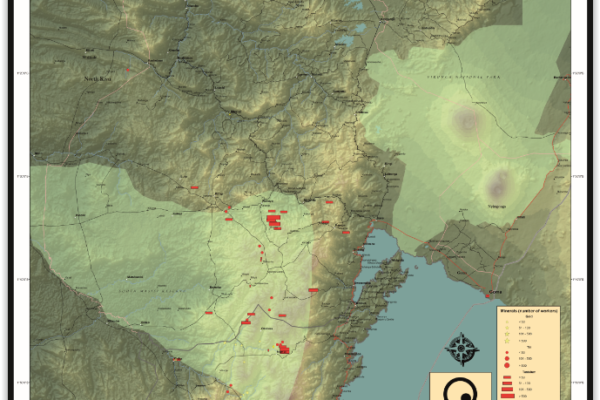
Masisi Territory – A0 Map
December 5, 2014Masisi Territory, North Kivu Province, DRC Masisi Territory, North Kivu Province, DRC (Detail)
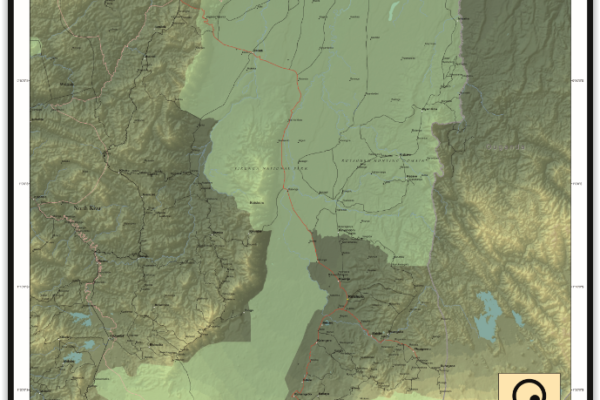
Rutshuru Territory – A0 Map
December 5, 2014Rutshuru Territory, North Kivu Province, DRC Rutshuru Territory, North Kivu Province, DRC (Detail)
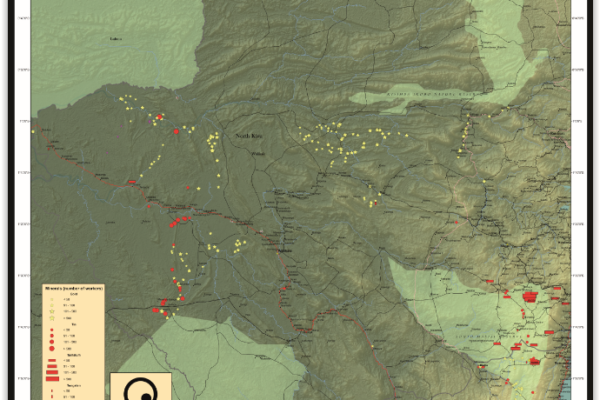
Walikale Territory – A0 Map
December 5, 2014Walikale Territory, North Kivu Province, DRC Walikale Territory, North Kivu Province, DRC (Detail)
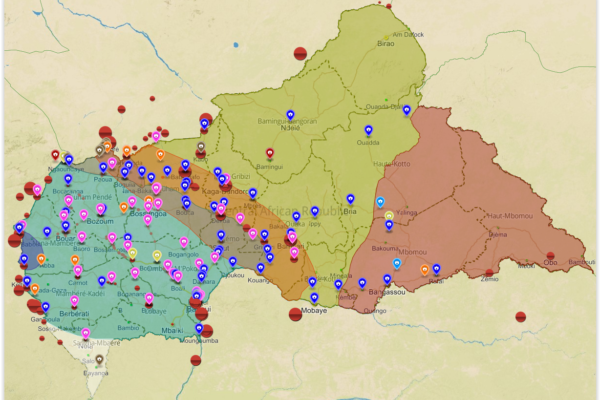
Mapping Conflict Motives: the Central African Republic (2012-2014)
November 21, 2014In this study, IPIS analyses the conflict dynamics in the Central African Republic (CAR) since the outbreak of the latest crisis in September 2012 up to September 2014. The analysis specifically looks into the motivations and interests of the main conflict parties, Seleka and anti-balaka, and the influence and interests of neighbouring countries. The report covers the following key questions. What
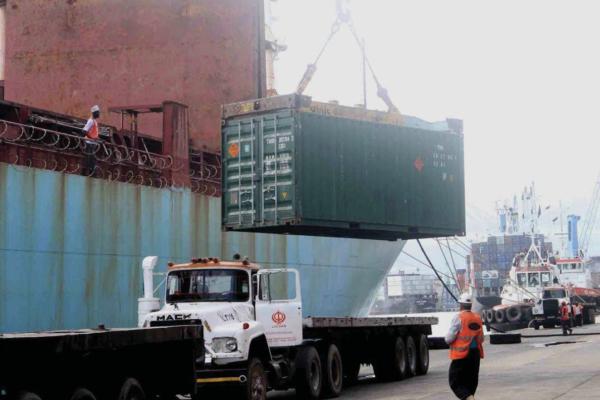
Supply Chains and Transport Corridors in East Africa
June 1, 2014Transport infrastructure plays a key role in boosting a country or region’s economic development. IPIS and TransArms have ascertained on several occasions that the underdevelopment or degeneration of transport infrastructure is a problematic issue across a number of African countries and regions. This report analyses the current logistics situation in Eastern Africa, and the logistic challenges fa
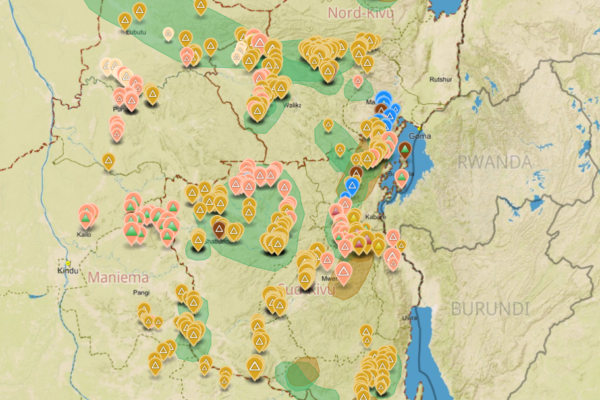
Analysis of the interactive map of artisanal mining areas in Eastern DRC – May 2014 Update
April 30, 2014In collaboration with the Congolese mining cadastre (CAMI), mining service SAESSCAM and representatives from local civil society organisations, IPIS organised a series of field visits to monitor artisanal mining activities and the involvement of armed groups and criminal networks in mineral exploitation and trade. This resulted in the publication of an interactive web map providing information on

IPIS Insights: The EU draft law on conflict minerals due diligence: a critical assessment from a business & human rights standpoint
April 4, 2014On the 5th of March 2014, the European Commission proposed a responsible trading strategy for minerals from conflict zones. The proposal took place within a specific and timely context. As IPIS has long documented, the exploitation of natural resources can have adverse human rights impacts. Businesses operating in conflict-affected or fragile regions should therefore ascertain whether their direct
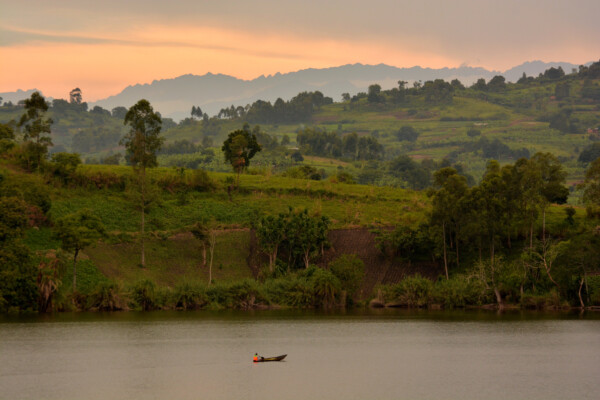
Business, Human Rights, and Uganda’s Oil – Part II: Protect and Remedy: Implementing State duties under the UN Framework on Business and Human Rights
December 18, 2013The following is the second in a series of four reports exploring business and human rights issues in Uganda’s oil sector. This series is a collaboration between IPIS vsw and ActionAid Uganda. In accordance with the UN Guiding Principles on Business and Human Rights, this second report assesses the duty of the Ugandan, British, French and Chinese States to prevent, investigate, punish and redress

Initiatives en matière de ‘minerais de conflit’ en RD Congo: perceptions des communautés minières locales
December 16, 2013L’exploitation minière est une importante source de revenus pour de nombreuses communautés dans l’est de la République démocratique du Congo (RDC). Cette même richesse minière joue cependant aussi un rôle majeur dans la persistance de l’insécurité dans certaines parties du pays. Les revenus générés par le commerce des minerais fournissent des moyens d’opération aux groupes armés ainsi qu’un financ
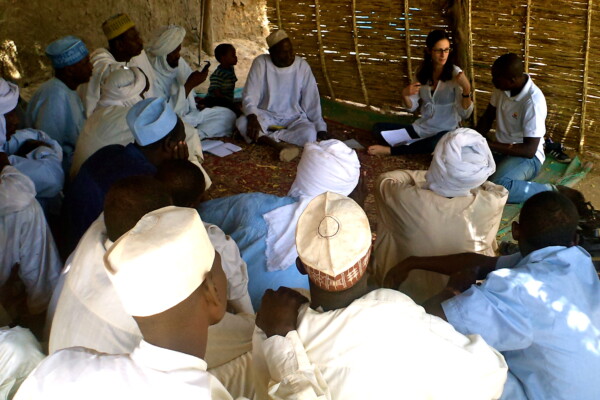
Practice What You Preach: Theory and Practice of China National Petroleum Corporation (CNPC)’s Stakeholder Engagement Plan in Chad
December 11, 2013The past decade has seen a staggering increase in Chinese investment flows in Africa, leaping from USD 392 million in 2005 to USD 2520 million in 2012. Although there is a growing understanding that China’s impact on sub-Saharan Africa is far-reaching and complex, and that Chinese investments on the continent are highly diversified, the majority of business & human rights analysts have tended
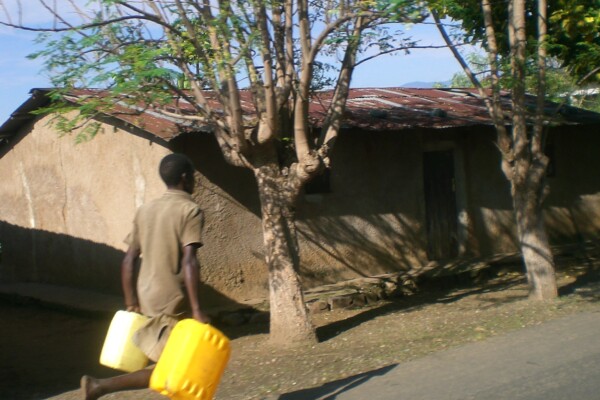
In search of clean water: human rights and the mining industry in Katanga, DRC
November 26, 2013Today, around 1,8 billion people in the world do not have access to safe water. In the Democratic Republic of the Congo, the most water-rich country in Africa, 51 million people lack access to potable water; only 26% of the population has access to safe drinking water. This is one of the lowest access rates in the world. In the Katanga province, rich in cobalt and copper, some industrial mining co

IPIS Insights: Kimberley Process: observations from the sidelines. Part I
November 20, 2013Ten years after the launch of the Kimberley Process Certification Scheme (KPCS) this paper is the first in a two part series providing an overview of where the Kimberley Process and international efforts to combat the trade in conflict diamonds currently stand. It will analyse some of the present challenges facing the system and some of the potential solutions on the table. This part (Part I) will
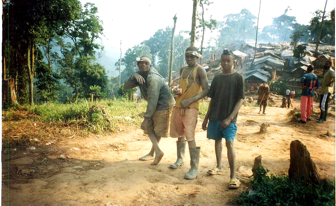
Travail des enfants dans le site minier d’exploitation artisanale de Bisie en territoire de Walikale. Une crise oubliée en République Démocratique du Congo
November 19, 2013Plus de deux décennies après l’entrée en vigueur de la Convention relative aux droits de l’enfant (1989) en République Démocratique du Congo (RDC), la situation des enfants dans le territoire de Walikale demeure critique. Certes, le travail des enfants est un problème mondial, mais c’est essentiellement dans les pays en développement qu’il compte la grande majorité. L’expérience montre que le défi
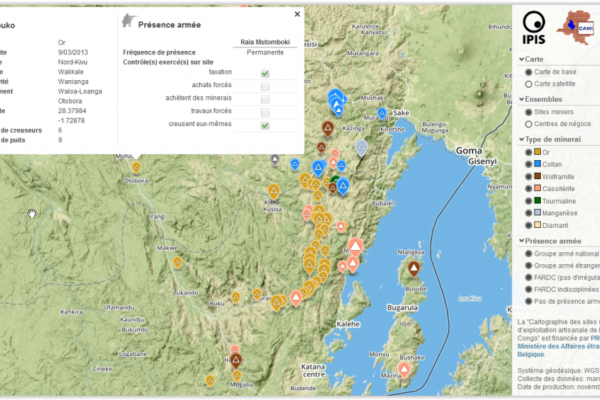
Analysis of the interactive map of artisanal mining areas in Eastern DR Congo (2013)
November 13, 2013In August 2009 the ‘International Peace Information Service’ (IPIS) published a first map of militarised mining areas in Eastern DR Congo. By 2012, the international interest in the issue had grown but the map was out-dated. To find a structural solution, IPIS sat down with the Congolese mining cadastre (CAMI) and agreed to set up a permanent system to monitor artisanal mining activities and the i

